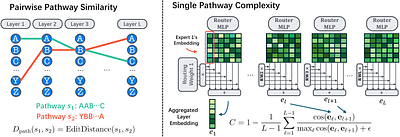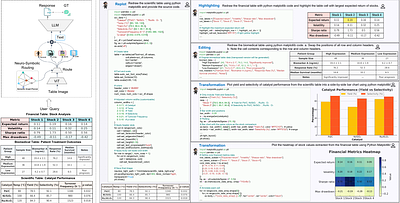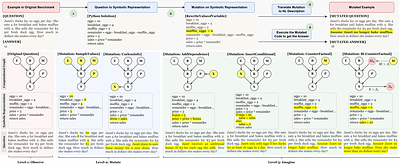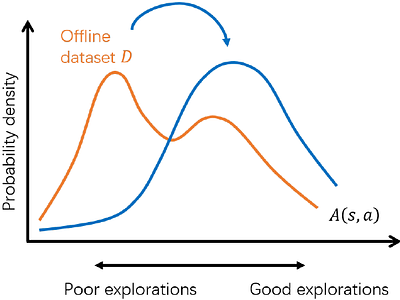By: Ji Qi, WenPeng Zhu, Li Li, Ming Wu, YingJun Wu, Wu He, Xun Gao, Jason Zeng, Michael Heinrich
Where to find Grokking in LLM Pretraining? Monitor Memorization-to-Generalization without Test
By: Ziyue Li, Chenrui Fan, Tianyi Zhou
mTSBench: Benchmarking Multivariate Time Series Anomaly Detection and Model Selection at Scale
By: Xiaona Zhou, Constantin Brif, Ismini Lourentzou
TableMoE: Neuro-Symbolic Routing for Structured Expert Reasoning in Multimodal Table Understanding
By: Junwen Zhang, Pu Chen, Yin Zhang
By: Baiqiao Yin, Qineng Wang, Pingyue Zhang, Jianshu Zhang, Kangrui Wang, Zihan Wang, Jieyu Zhang, Keshigeyan Chandrasegaran, Han Liu, Ranjay Krishna, Saining Xie, Manling Li, Jiajun Wu, Li Fei-Fei
By: Boyu Gou, Zanming Huang, Yuting Ning, Yu Gu, Michael Lin, Weijian Qi, Andrei Kopanev, Botao Yu, Bernal Jiménez Gutiérrez, Yiheng Shu, Chan Hee Song, Jiaman Wu, Shijie Chen, Hanane Nour Moussa, Tianshu Zhang, Jian Xie, Yifei Li, Tianci Xue, Zeyi Liao, Kai Zhang, Boyuan Zheng, Zhaowei Cai, Viktor Rozgic, Morteza Ziyadi, Huan Sun, Yu Su
By: Gabrel J. Perin, Runjin Chen, Xuxi Chen, Nina S. T. Hirata, Zhangyang Wang, Junyuan Hong
By: Xinnuo Xu, Rachel Lawrence, Kshitij Dubey, Atharva Pandey, Risa Ueno, Fabian Falck, Aditya V. Nori, Rahul Sharma, Amit Sharma, Javier Gonzalez
By: Ranting Hu
By: Ivan Marisca, Jacob Bamberger, Cesare Alippi, Michael M. Bronstein









